
Gather the necessary tools for you home inspection checklist
Begin by arming yourself with some problem-finding tools: a flashlight, screwdriver, binoculars, and a small stepladder. Put a pen and notebook in your pocket to record anything that might need repair or further review.
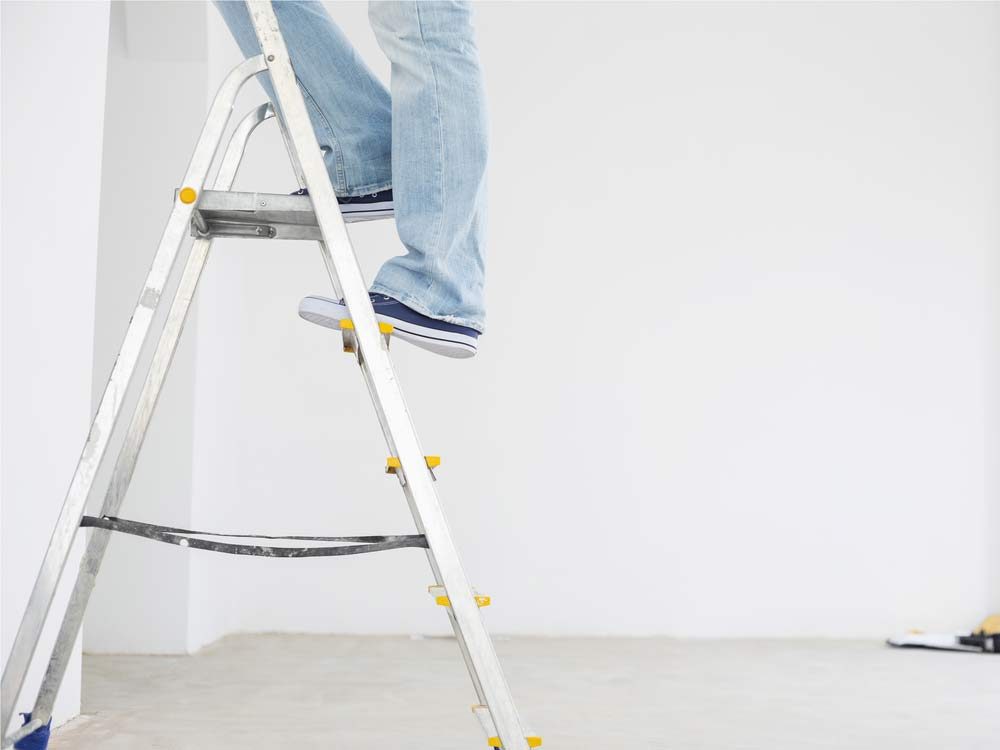
Visually examine indoor walls and ceilings
Go room by room, and look carefully for problems. Mostly, watch for discolouration. Yellow spots indicate water damage. Large ones on the ceiling point to a leaky roof, or if they’re next to exterior walls, ice dams. Small water spots are probably leaking or sweating plumbing pipes. Black spots on the walls are usually mould. If you spot basement mould, also look for efflorescence (powdery white deposits) along the foundation walls and concrete slab that result from water seepage. Spalling (corrosion) on concrete blocks in the crawl space or basement is another telltale sign of moisture coming in through the walls. So are bowed walls.
Minutes: 0-15
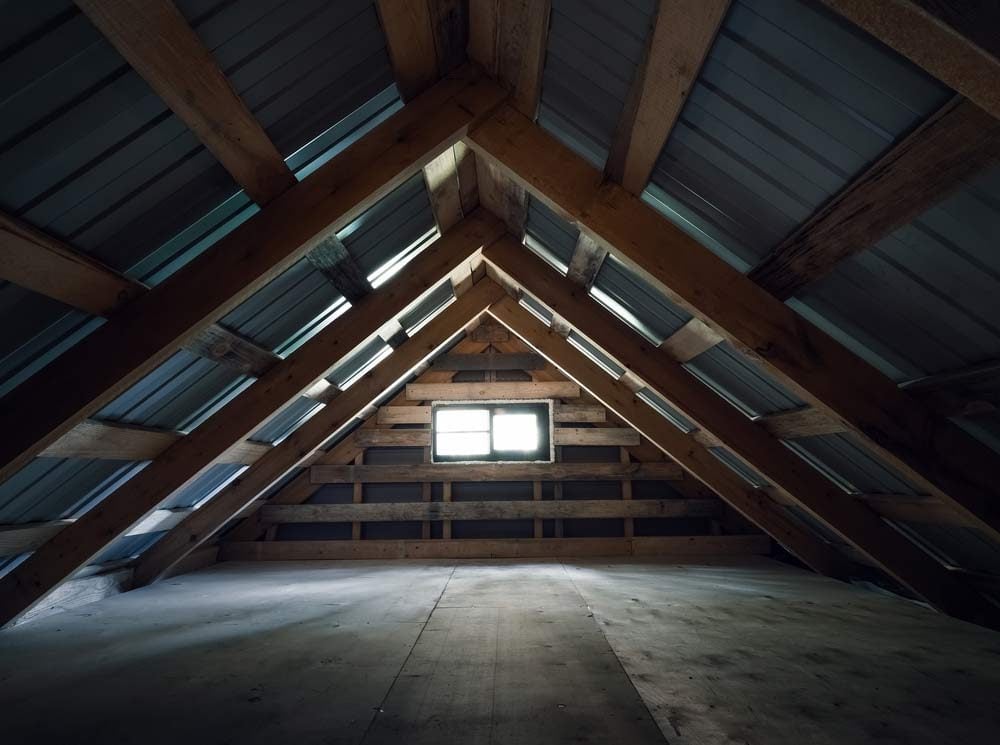
Inspect the hard-to-get-to spaces in your house
Inspect crawl spaces, utility rooms, and attics. Look for mould and rotting wood on floor joists. A musty smell is also indicative of moisture problems.
Minutes: 16-25

Assess the plumbing
To check for problems with water pressure or drainage, turn on the water in the bathroom sink or tub, then flush the toilet. Look for a noticeable drop in water pressure and listen for gurgling noises in the pipes. Next, run water in each sink for two full minutes to make sure the water drains well enough to keep up with the flow (remember, clogs often occur in pipes far the water source).
Minutes: 26-35
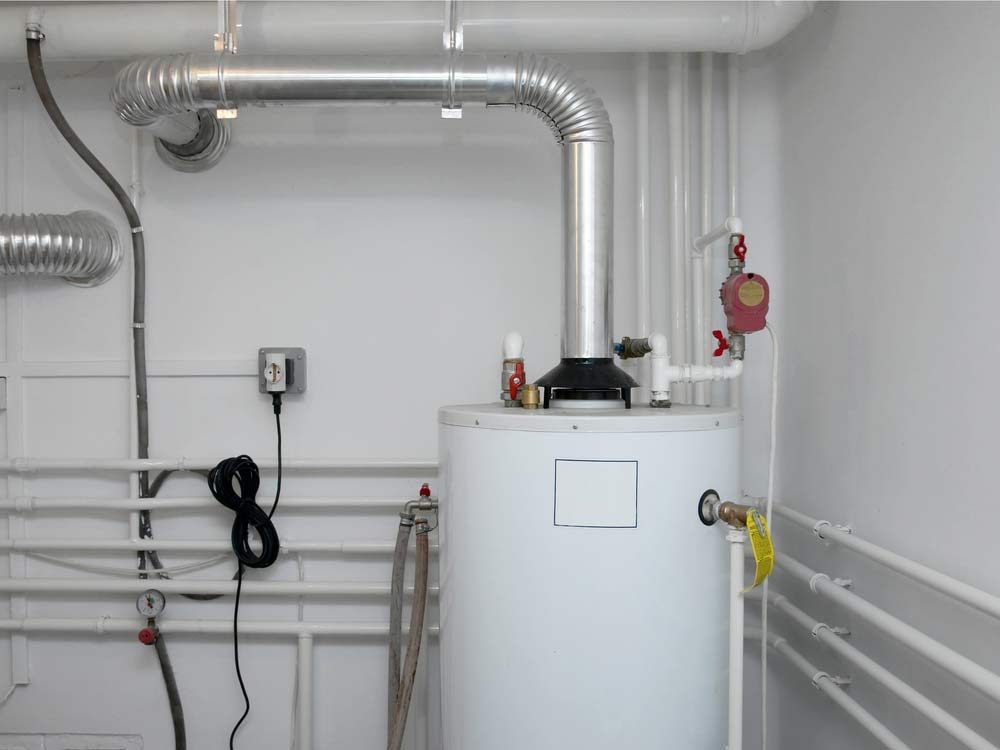
Check the furnace and water heater
Give your furnace a careful visual review. Do you see any rust or corrosion? Are there water spots or if an oil furnace, signs of fuel leakage on the floor? Any signs that it has shifted its position? Unusual odors? Signs of soot? Odd sounds as it turns on and off? Also check the age of the furnace and look for stickers that document routine service needs. Note that spring is a good time to schedule annual furnace maintenance; repairmen aren’t as inundated with calls as they during the fall and haven’t started servicing air conditioners yet. Note too that a sign of furnace trouble is excessive condensation on your windows. That could be a signal of a failed heat exchanger or an ailing furnace. Look for similar issues with your water heater. There shouldn’t be any leaking, corrosion or blackening near the burner, or corrosion to the piping leading in and out of the heater.
Minutes: 36-40
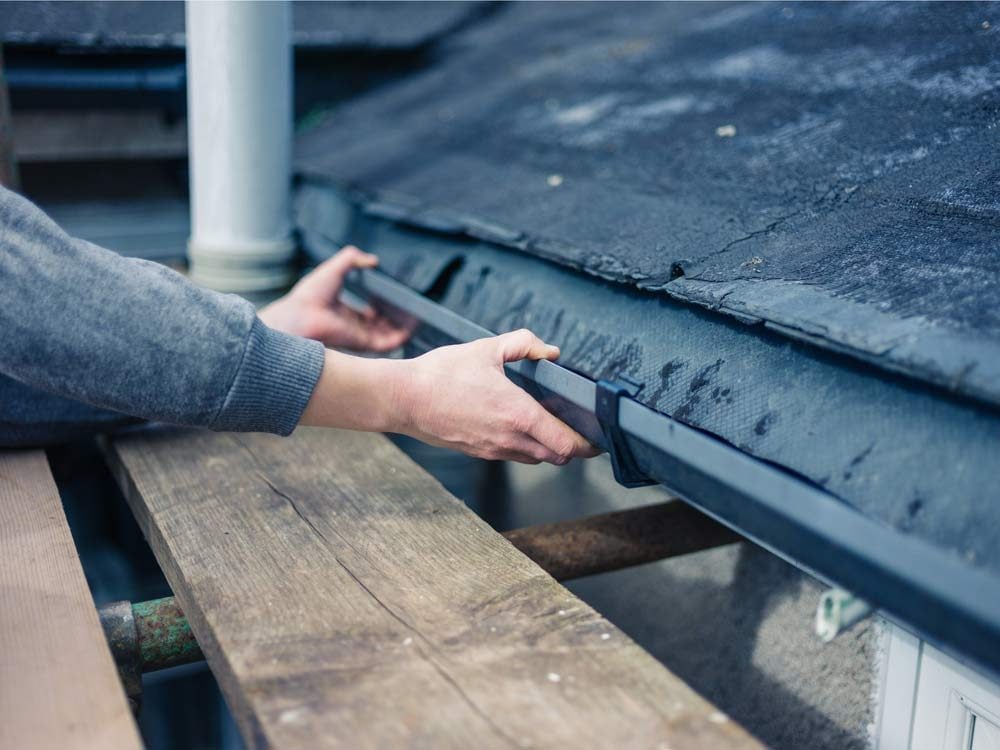
Inspect your roof
Look at the shingles through binoculars. Age is not the best indicator of potential problems (some asphalt shingles last more than 30 years; some don’t last 10). Cupping, curling, cracking and rounded edges mean the shingles need to be replaced.
Minutes: 41-45
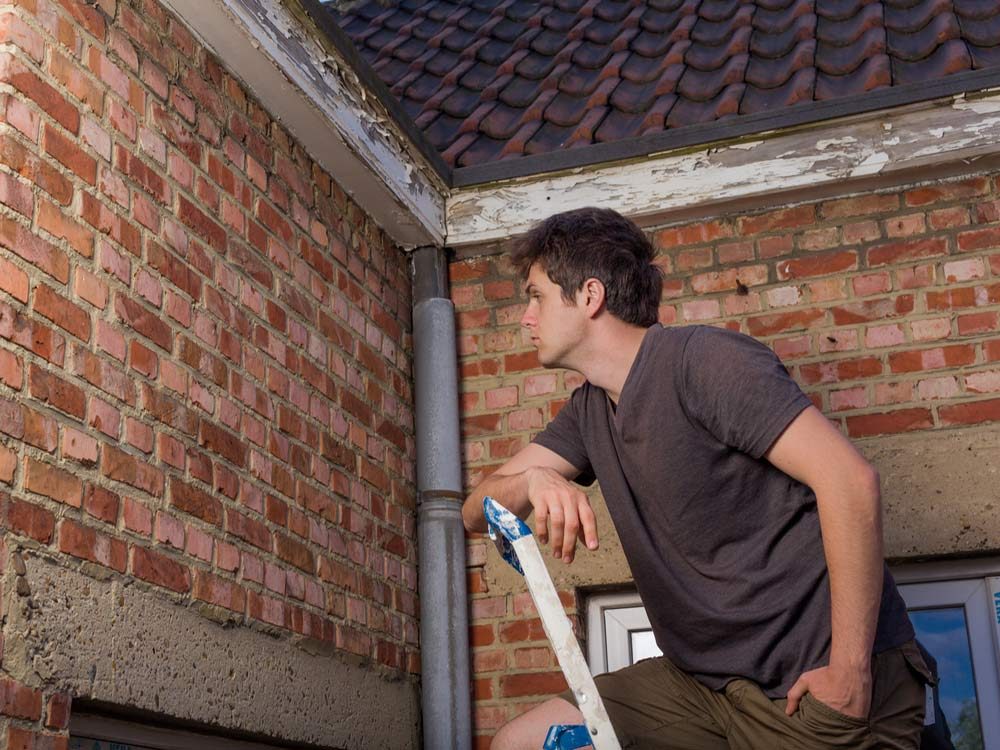
Inspect your exterior walls, doors, and windows
Start with your siding. If wood, is paint starting to peel? Seams opening up? See any signs of cracking? Or mould? Has any wood gone soft? Focus in particular on your home’s north side, as that often is where issues first emerge. If you have brick or stucco, look for stains, cracks, or crumbling. Next, check your doors and windows for a tight seal, all the way around. Then check the wood for softness, mould, stains, or peeling paint.
Minutes: 46-55
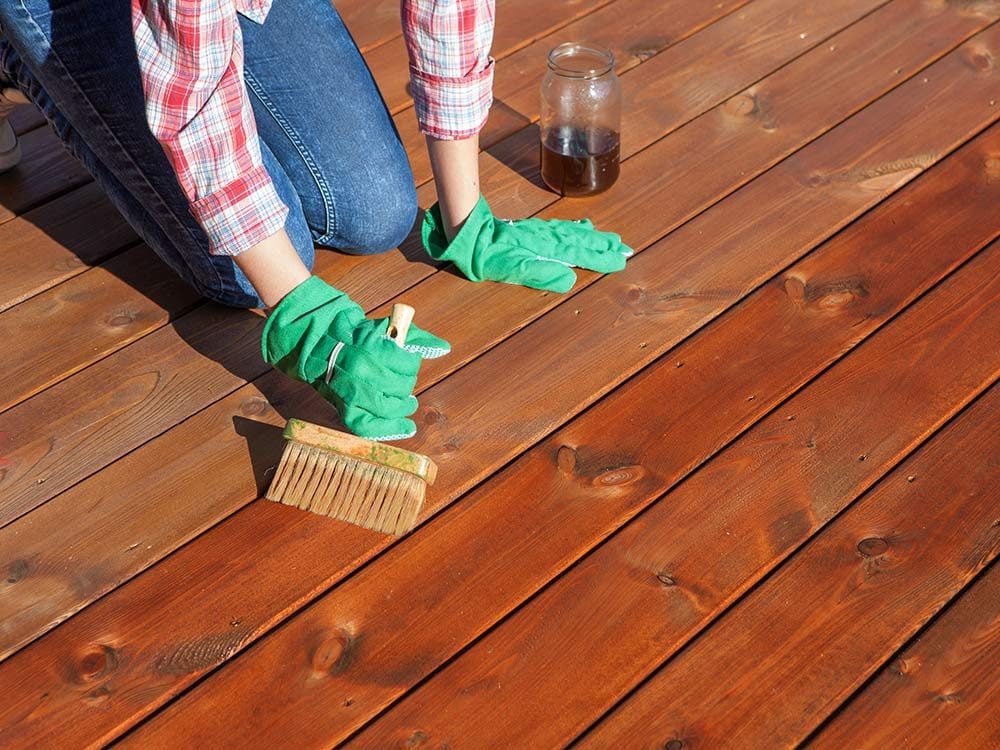
Inspect your deck and structural boards
Probe the ends of wood planks for rot. Make sure posts aren’t dislocated by frost heave, and the beams and joists are in good shape. Finally determine if deck floors or fencing need to be waterproofed or sealed again.
Minutes: 56-60